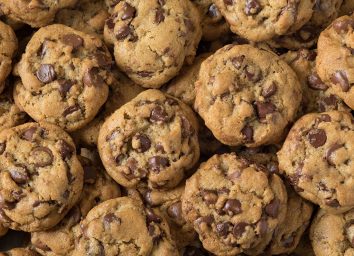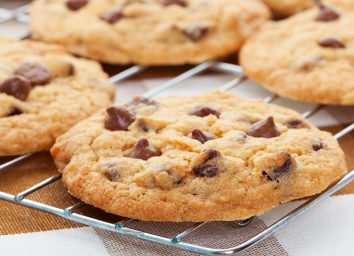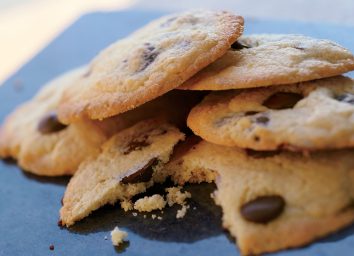The 25 Worst Cookie Mistakes You’re Making
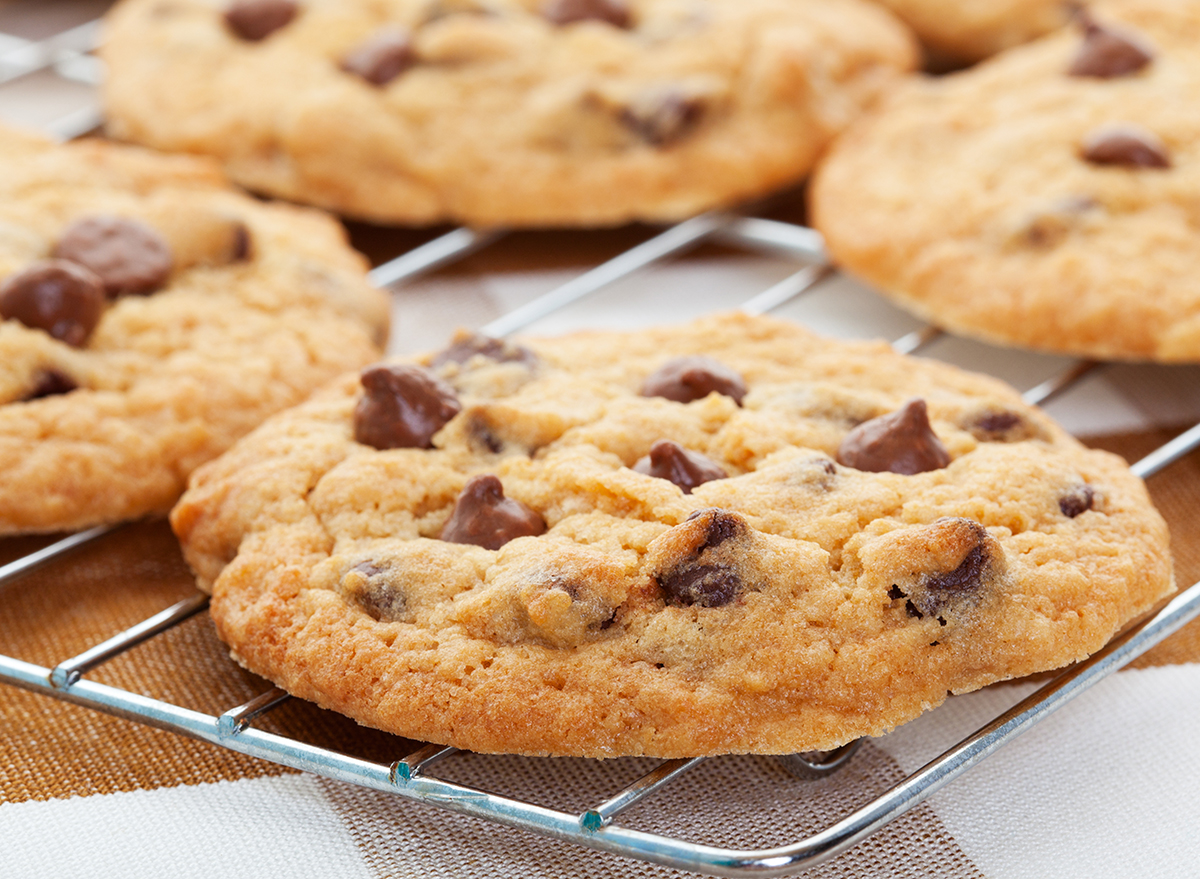
The aroma of fresh-baked cookies is enough to make your mouth water, so it’s a major bummer when you pull the baking sheet out of the oven to discover that your chocolate chip cookies are as flat as Frisbees or that those oatmeal raisin cookies are burnt to a crisp. And why do your sugar cookies keep losing their shape in the oven? Fear not: We’re here to help you fix all of your cookie baking mistakes.
Baking, as you know, isn’t just a culinary art form; there’s a lot of chemistry involved, too. To up your cookie-baking game, we’ve called in chefs and bakers to share some common cookie baking mistakes that happen, and relay their best tips on what to do instead. That way, no more cookies need to be sacrificed to the trash bin.
Here are 25 cookie baking mistakes you may be making, and how to avoid them.
Mistake: Using artificial vanilla.
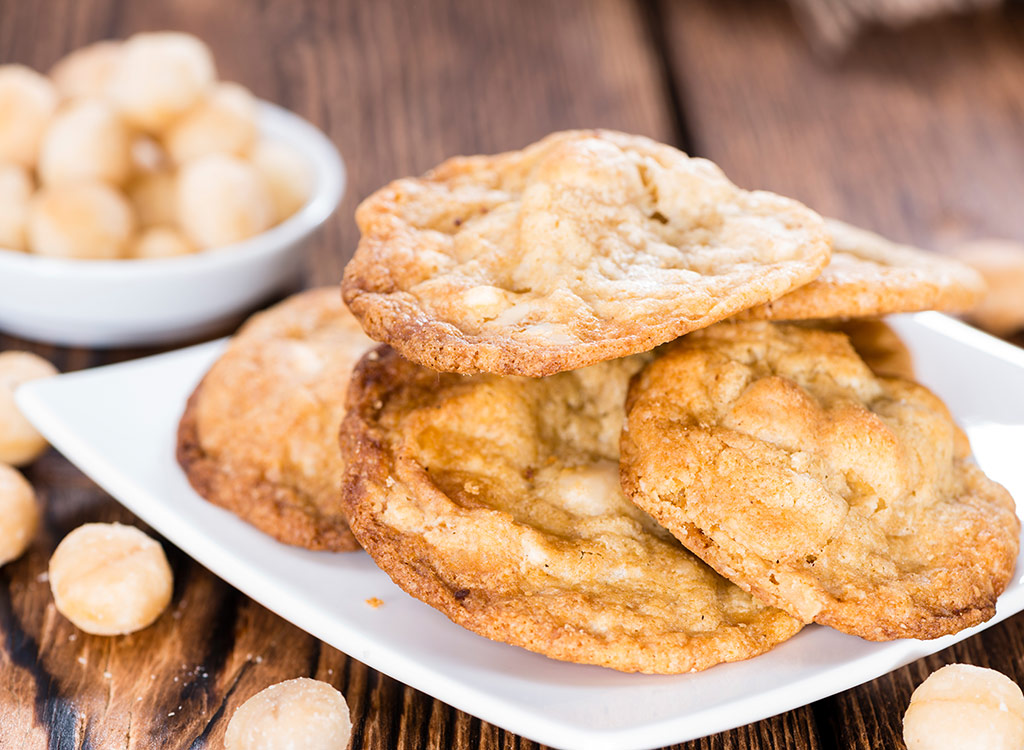
Harlee Morrow, the executive pastry chef at Sparrow + Wolf in Las Vegas, Nevada, says using artificial vanilla (or artificial almond or lemon) is one of the biggest mistakes she sees people make when they’re baking cookies at home. “No matter the quality of your other ingredients, your cookies will wind up tasting artificial,” Morrow says.
How to fix it: Always use pure vanilla, either extract, paste, or bean, recommends Morrow. “The flavor is incomparable,” she says.
Here are 33+ Best Healthy Cookie Recipes you can try!
Mistake: Relying too much on your timer.
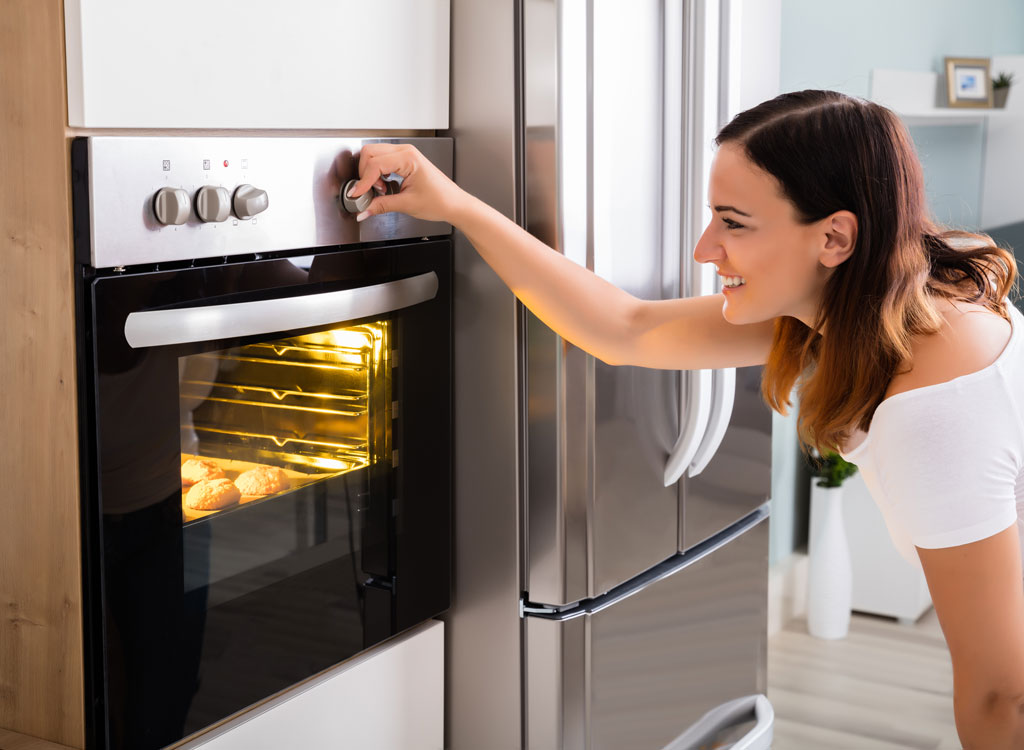
Setting a timer and double-checking that your oven is set at the right temperature is just one line of defense when it comes to making sure your cookies don’t burn to a crisp. But lots of home bakers let their timer do all the work and forget to peer at them through the oven’s window. In fact, eyeing your cookies can help you get them just right, explains Brigette Contreras, corporate executive pastry chef of The ONE Group, which has STK in its restaurant group.
How to fix it: “Cookies do not have to look fully cooked to be removed from the oven,” she says. Her go-to tip: Take them out of the oven once they fluff up and no longer look shiny. In fact, the only shine should be that of the melted chocolate chips, she says.
Cookies can go from chewy and soft to hard and crunchy in very little time, cautions Jessie Sheehan, a recipe developer and the author of The Vintage Baker. If you love chewy cookies, try underbaking them by a minute or so, she says.
For more cooking tips, be sure to sign up for our newsletter.
Mistake: Not letting cookies cool enough.
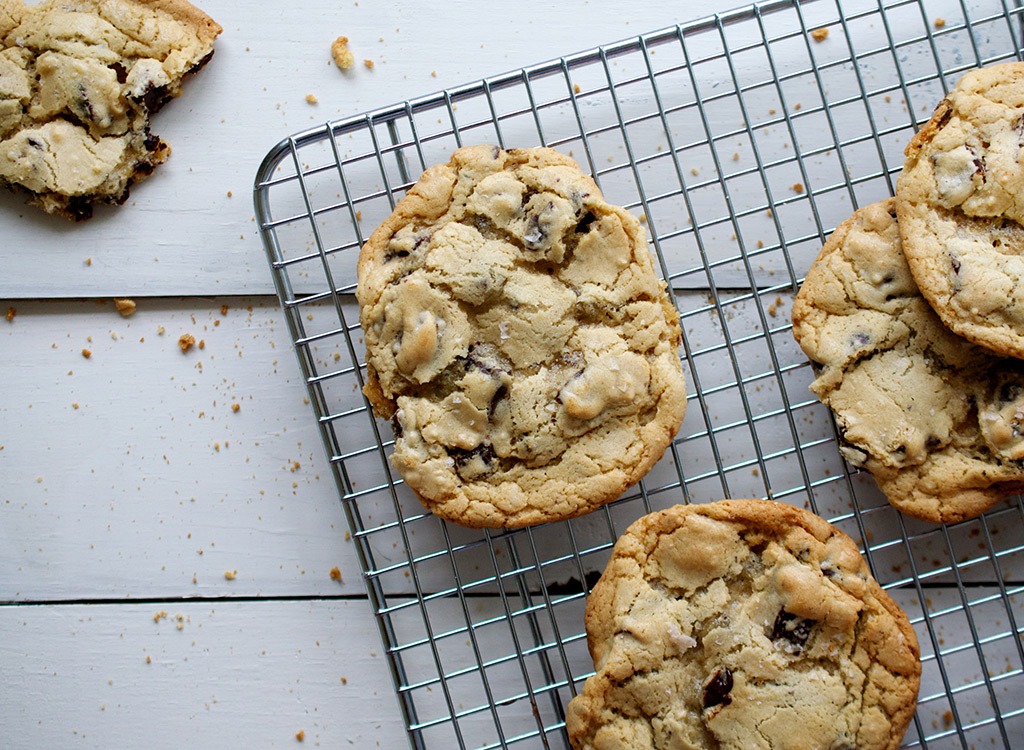
You’ve made perfect cookies, and you’re eager to serve them warm. But if you remove them from the pan too quickly, they’ll fall apart, cautions Contreras.
How to fix it: Leave them on the cookie sheet for a few minutes before transferring them to a cooling rack. That way, they’ll firm up and keep their shape when you slide the spatula underneath them.
Here are the 25 Best Chocolate Chip Cookie Recipes on the Internet.
Mistake: Overmixing the batter.
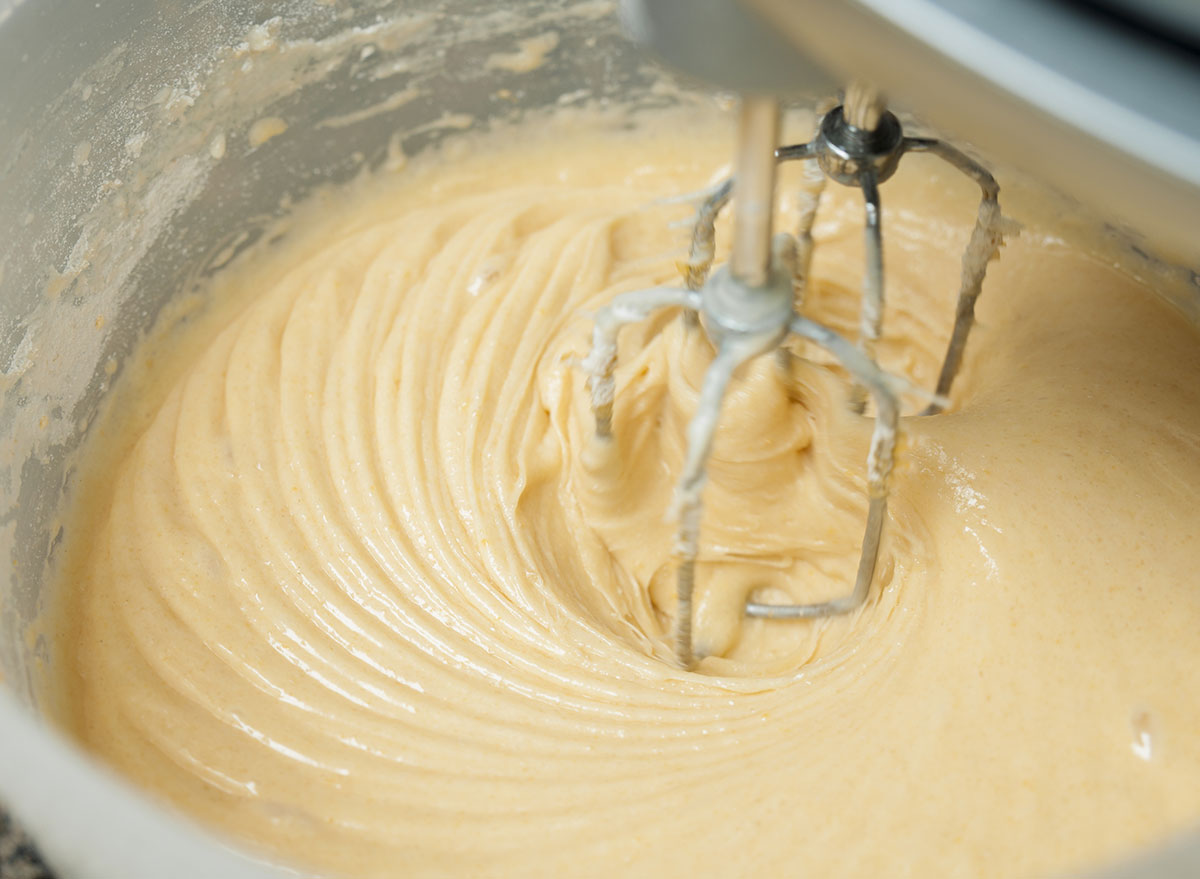
Overmix your batter, and you’ll end up with one tough cookie (batch), Sheehan says. Batter that’s been mixed for too long can lead to dry, cracker-like cookies. And that’s not what you’re going for, right?
How to fix it: When you’re using an electric or hand mixer, stop mixing your dough when you can still see streaks of flour in the mix. Then, finish mixing by hand, which isn’t so rigorous, Sheehan says.
Mistake: Not chilling the dough.
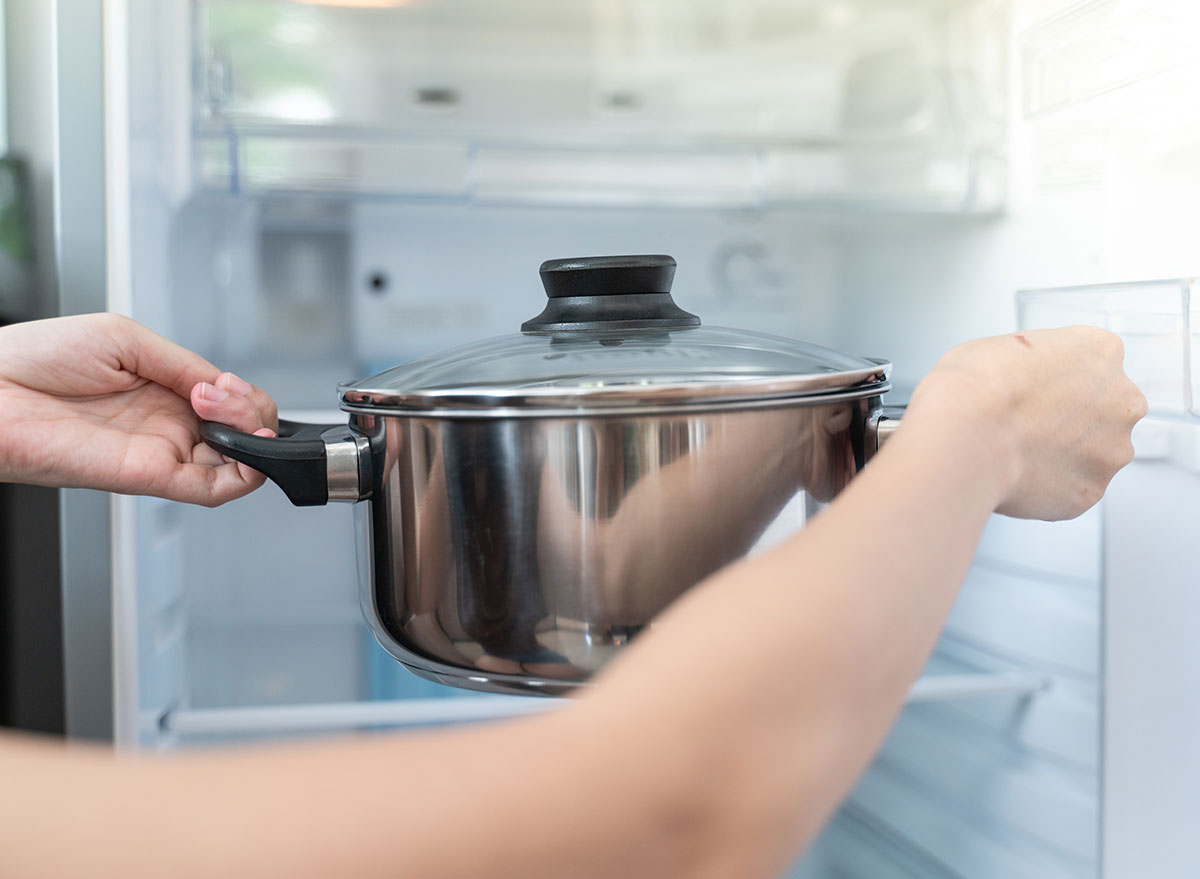
The scenario: You want to make a dozen cookies, but instead you end up with one big cookie conglomerate because the dough spread on the sheet. Experts say this mistake happens when you don’t chill your dough. Chilled cookie dough doesn’t melt as quickly, so it doesn’t flatten out too much on the cookie sheet or meld with nearby cookies.
How to fix it: When you’re making drop cookies, like chocolate chip cookies or oatmeal raisin, you’ll want to chill your dough before it goes in the oven. “Freeze your portioned cookie dough on a cookie sheet for at least an hour before baking,” Sheehan says. “This will help your cookies keep their shape when baking.”
Mistake: Using a spoon for drop cookies.
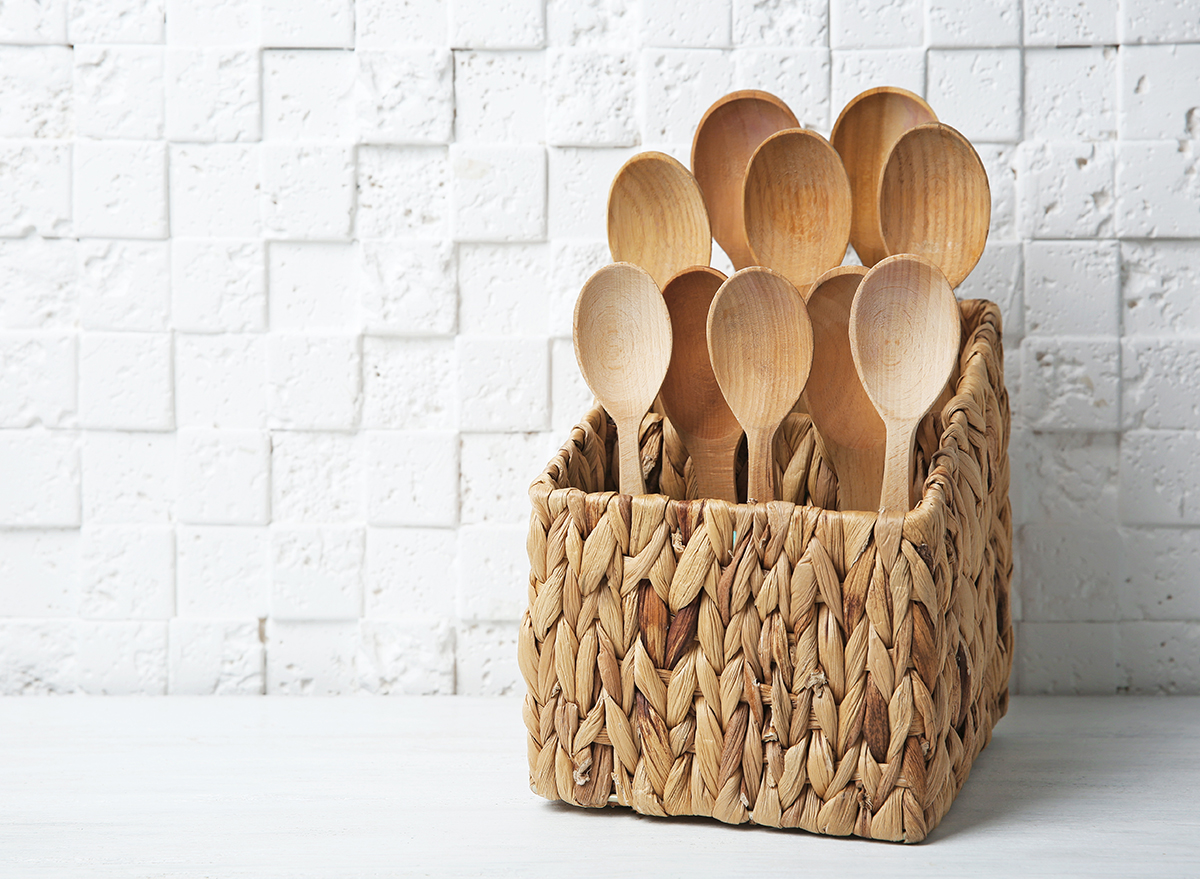
Ever wonder why your cookies aren’t perfectly round and uniform, a la your Pinterest board? The secret to round cookies, it turns out, is an assist from a kitchen gadget that’s not a spoon.
How to fix it: It’s worth investing in a small ice cream scoop to help portion out your dough, Sheehan says.
Mistake: Creaming the butter wrong.
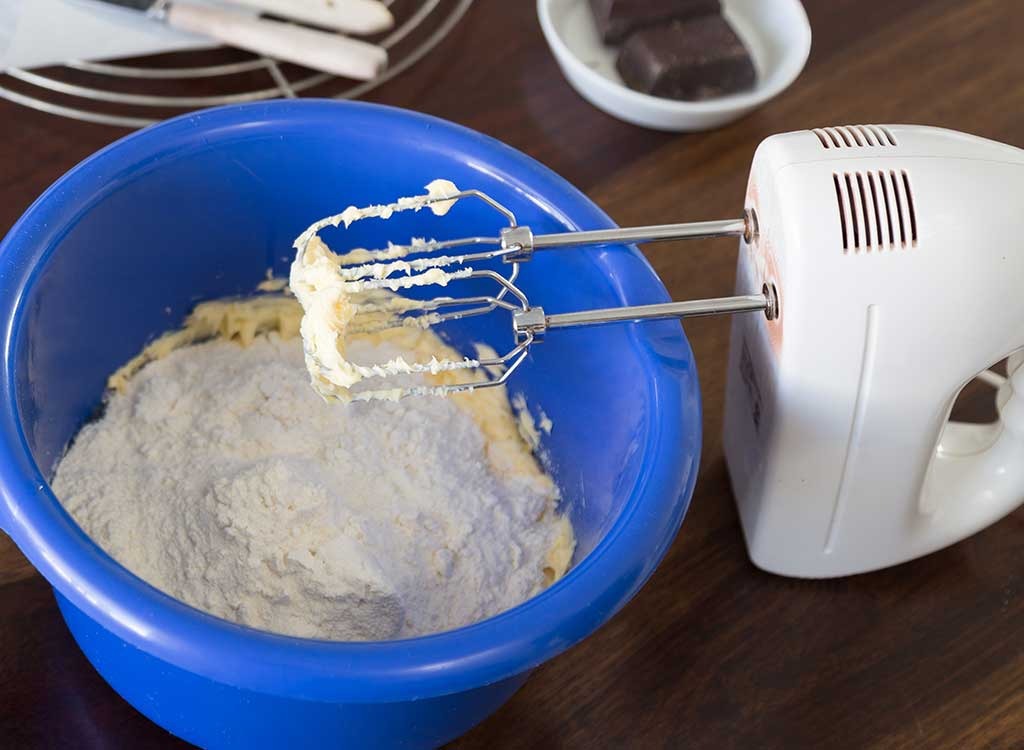
When you put a stick of butter into the mixer, it will be much harder to get a smooth consistency and may even take a toll on your machine, says Aja Cage, pastry chef at Mirabelle in Washington, D.C.
How to fix it: Cut your butter into small cubes and add your sugar, Cage says. She suggests using the mixer’s paddle attachment at medium-high speed for about five minutes. The mixture will become smooth and airy, lighter in color, and fluffier in texture, similar to a cake frosting. “This will result in a more tender cookie,” she says. This technique works great for making sugar cookies, oatmeal cookies, and chocolate chip cookies.
You’ll also want to make sure your butter isn’t too cold, explains Marie Fiebach of the “Feed Your Family Tonight” podcast. If the butter is too cold, it will not create air pockets when creamed with the sugar, Fiebach says. And then the sugar won’t be able to combine properly with the butter when you cream the two ingredients.
Before creaming your butter, you’ll want it to be between 65 and 68 degrees Fahrenheit, Fiebach says. “You should be able to leave an indentation in the stick of butter with your finger,” she says.
Mistake: Measuring your ingredients incorrectly.
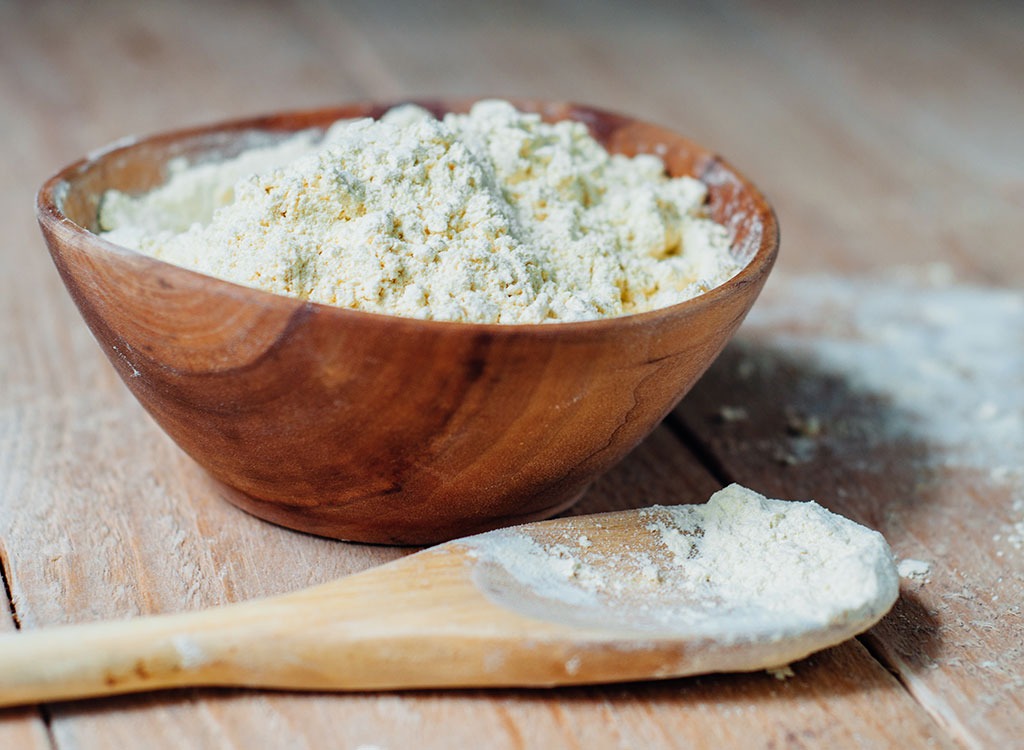
Did you know that some cutesy measuring cups and spoons are really just decorative, and not very accurate? There’s also a margin of error that comes when you’re measuring flour, Huntsberger says. “You can end up with totally different amounts of flour if you spoon the flour into the cup, or dip the flour into the flour container,” she says.
Plus, if you’re pushing and packing flour into your measuring cup, you’re probably adding too much to your mix, Cage says. The result? A dense, heavy cookie.
How to fix it: Gently place spoonfuls of flour into your measuring cup until it is overly full, Cage says. Then, lightly tap the top of the cup with the back of a knife and level off the surface by dragging the flat side of the knife directly over the top of the cup, she suggests. Alternatively, try using a food scale, Huntsberger suggests.
For liquid ingredients, use glass or see-through plastic measuring cups, suggests Betty Crocker. Be sure the measuring cup is on a flat surface and that you’re reading it at eye level. If you’re measuring sticky ingredients, lightly spray the cup with cooking spray or wipe some vegetable oil in it to prevent sticking.
Mistake: Forgetting to scrape the bowl.
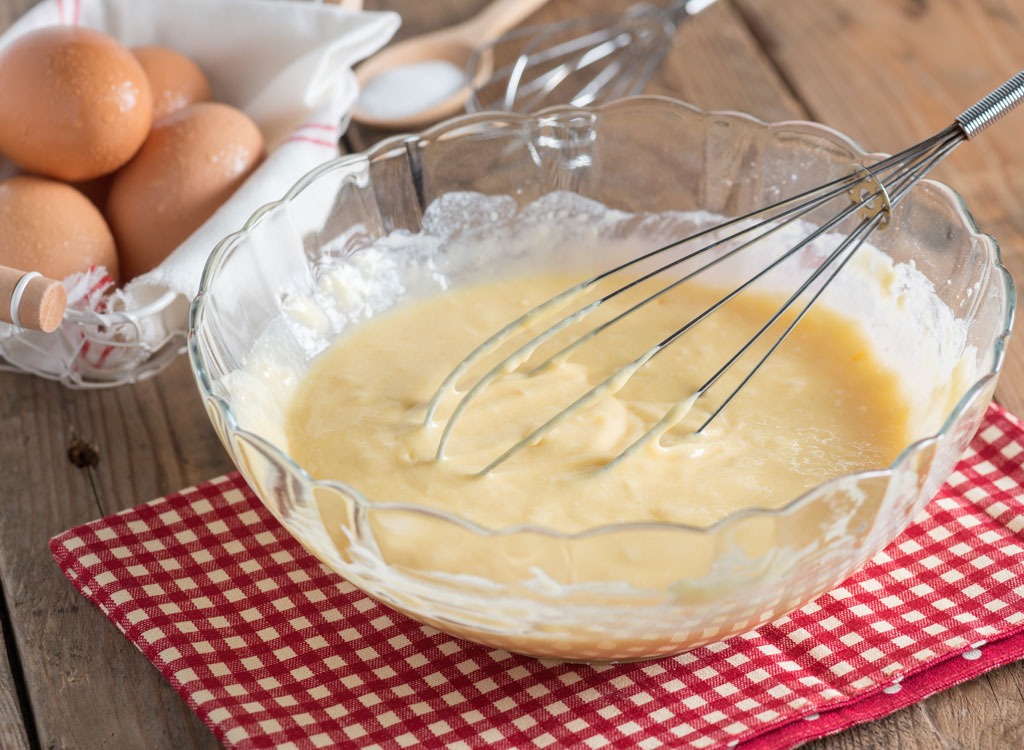
If you’ve ever had a batch of cookies where some of the cookies baked up perfectly and some of the cookies spread into oily blobs, it’s because your batter is unevenly mixed, says Jenna Huntsberger, head baker with Whisked! in Washington, D.C. If you use a stand mixer, like a KitchenAid, it’s easy for some of your ingredients to settle on the bottom of the bowl, right under the mixing attachment, and not get fully incorporated, she explains.
How to fix it: Always scrape down the bottom and sides of the bowl before you add an ingredient, Huntsberger says. Also, after all of your ingredients are added and mixed, take your bowl off the stand mixer and mix by hand, making sure to incorporate the batter in the bottom of the bowl.
Mistake: Greasing the cookie sheet.
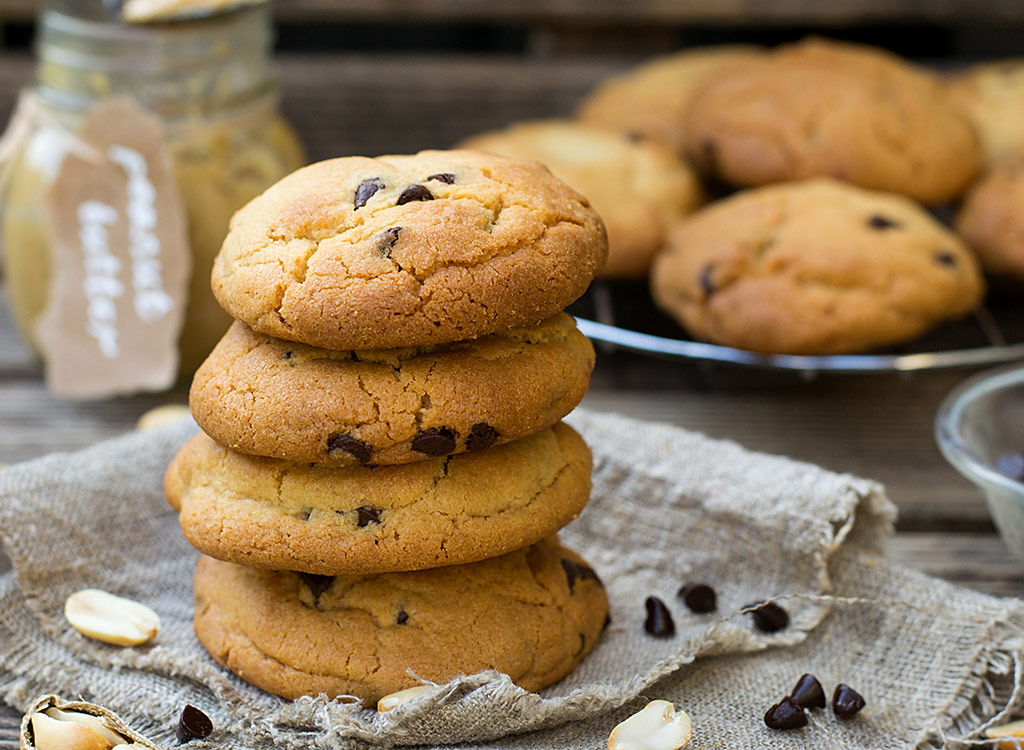
If you bake your cookies on a greased sheet pan, not only will the cookies spread too much, but they’ll be too thin and they’ll probably burn, says pastry chef Eileen Gray.
How to fix it: Unless the recipe specifically tells you to grease the cookie sheet, leave the pan ungreased, Gray says. “Even better, line the cookie sheet with parchment paper,” she says. “Parchment paper will prevent the cookies from spreading, and cleanup is a breeze.”
Mistake: Not knowing what constitutes “room temperature.”

Most cookie recipes instruct you to use “room temperature” butter and eggs without explaining what that means, Gray says. As it turns out, room temperature does not mean the actual temperature of the room you’re in.
For example, in the middle of summer, the air temperature in your kitchen could easily be 80 degrees Fahrenheit. At that temperature, the butter will be melted and greasy, so your cookies will spread all over the pan. If it’s winter, meanwhile, and the air temperature is 60 degrees Fahrenheit, the butter will be too firm, so your cookie dough will not get enough air while creaming, she says, and they won’t rise properly.
Using cold eggs straight from the refrigerator, meanwhile, can cause the dough to not aerate properly, Fiebach says. You want room-temperature eggs to form an emulsion capable of trapping air so that when you’re baking, the air can expand, resulting in fluffy and light cookies. Also, room-temperature eggs don’t separate as easily as cold ones, making it easier to mix them more evenly into the batter.
How to fix it: So, what exactly is room temperature? Gray says “room temperature” ingredients should be between 68 and 70 degrees Fahrenheit. When it’s within this range, the butter will be firm yet pliable. And if you’re pulling eggs from the fridge, you can place them in a bowl of warm water for two to three minutes, Fiebach says. This will bring them up to room temperature fairly quickly.
Mistake: Randomly substituting ingredients.
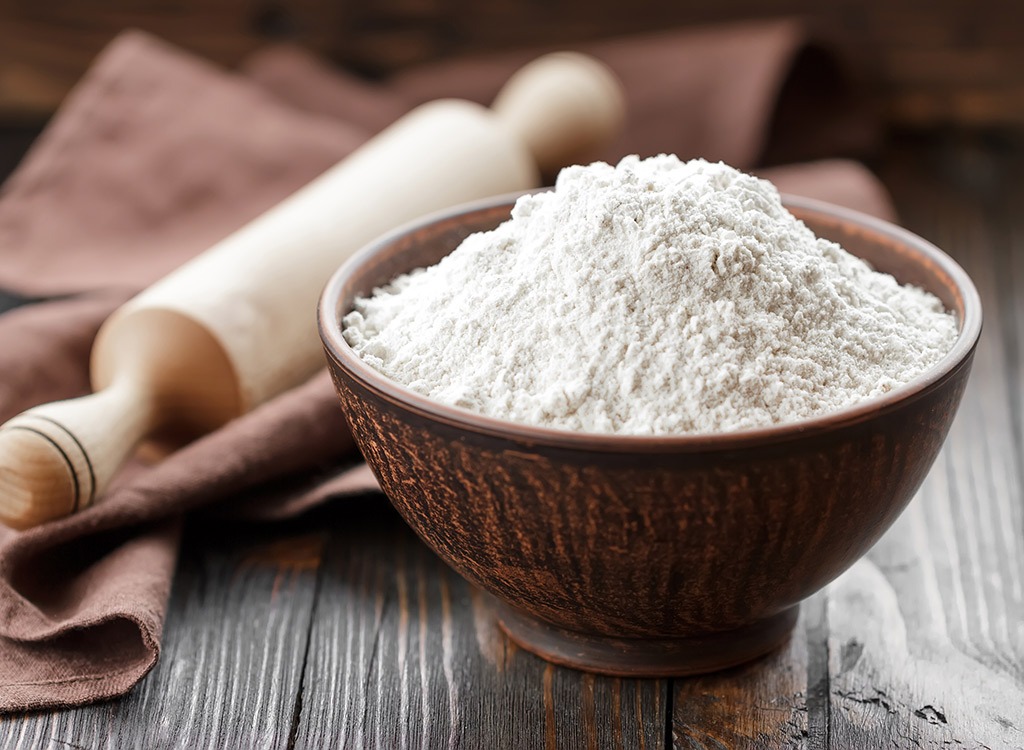
PSA: You can’t use bread flour instead of all-purpose flour or oil instead of butter and expect the cookie to turn out as they do in the recipe, Gray says. A wrong flour could make the cookie too dry, and oil will make the cookies much softer than butter.
How to fix it: “The recipe writer chose the specific type of flour, fat, sugar, and liquid to create the perfect version of that cookie,” Gray says. Read through the recipe and make sure you’ve got all the right ingredients before you start mixing the dough, she suggests.
Mistake: Using a single baking sheet.
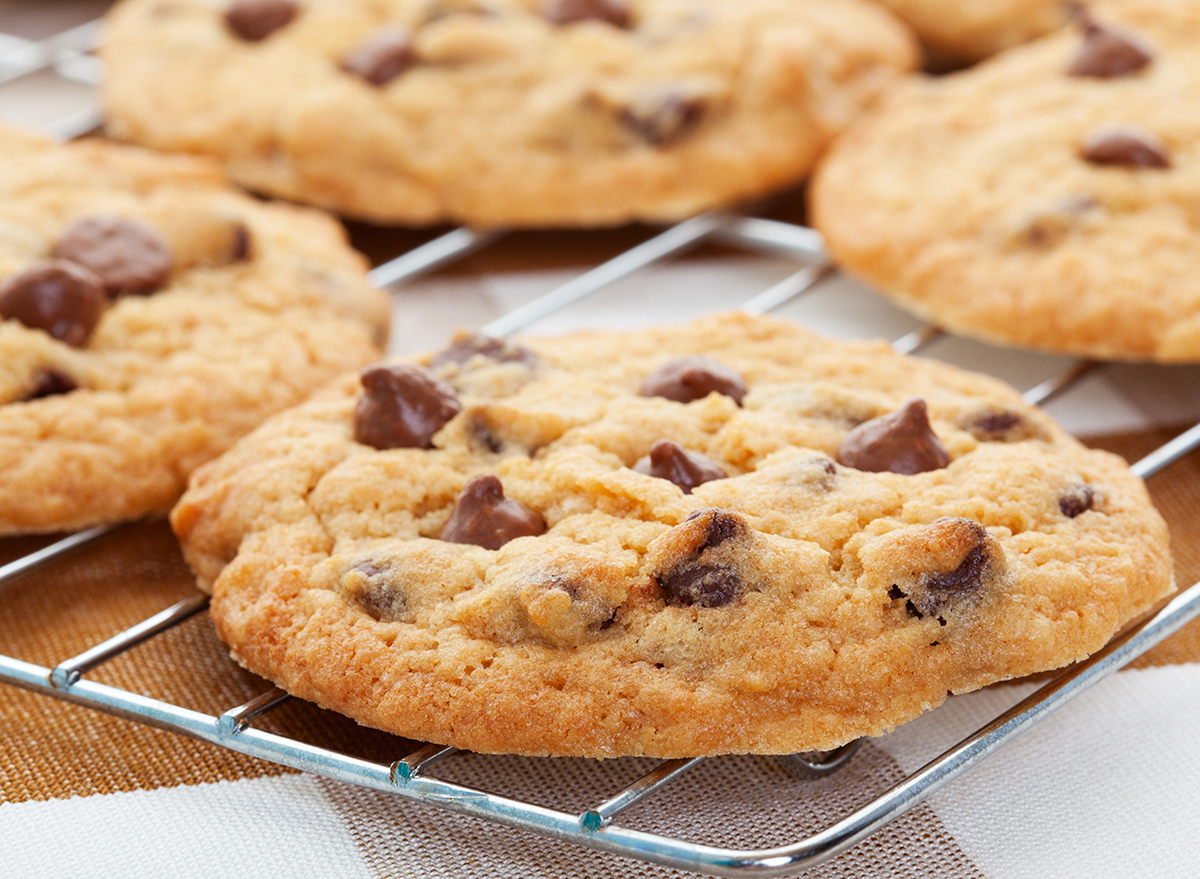
The drill: Your first batch of cookies comes out of the oven, and you move them quickly to a cooling rack and start filling up the sheet with your next batch. Doing this will result in thin cookies because they’ll melt and spread before they start baking, warns Rachel Paxton, who has three decades of baking experience and runs the blog Creative Homemaking.
How to fix it: Keep a few cookie sheets on hand so that you can let them cool down between patches, Paxton suggests.
Mistake: Using an old cookie sheet.
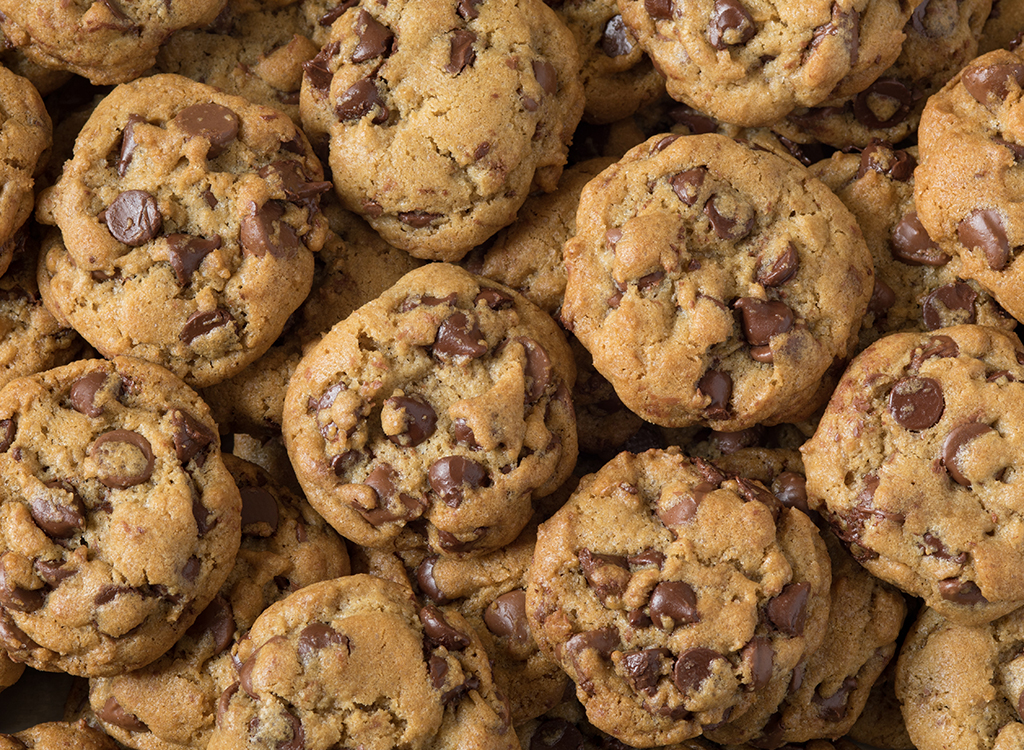
Are your cookies constantly burning? You may want to wag your finger at those old, thin cookie sheets you’ve been using, Paxton says.
How to fix it: Your best bet is to invest in a new, heavy-duty cookie sheet, Paxton says. But, you could also get a little more mileage out of your old cooking sheet by adding a layer of aluminum foil, which will help prevent your cookies from burning, she suggests.
Mistake: Not using real butter to be “healthier.”
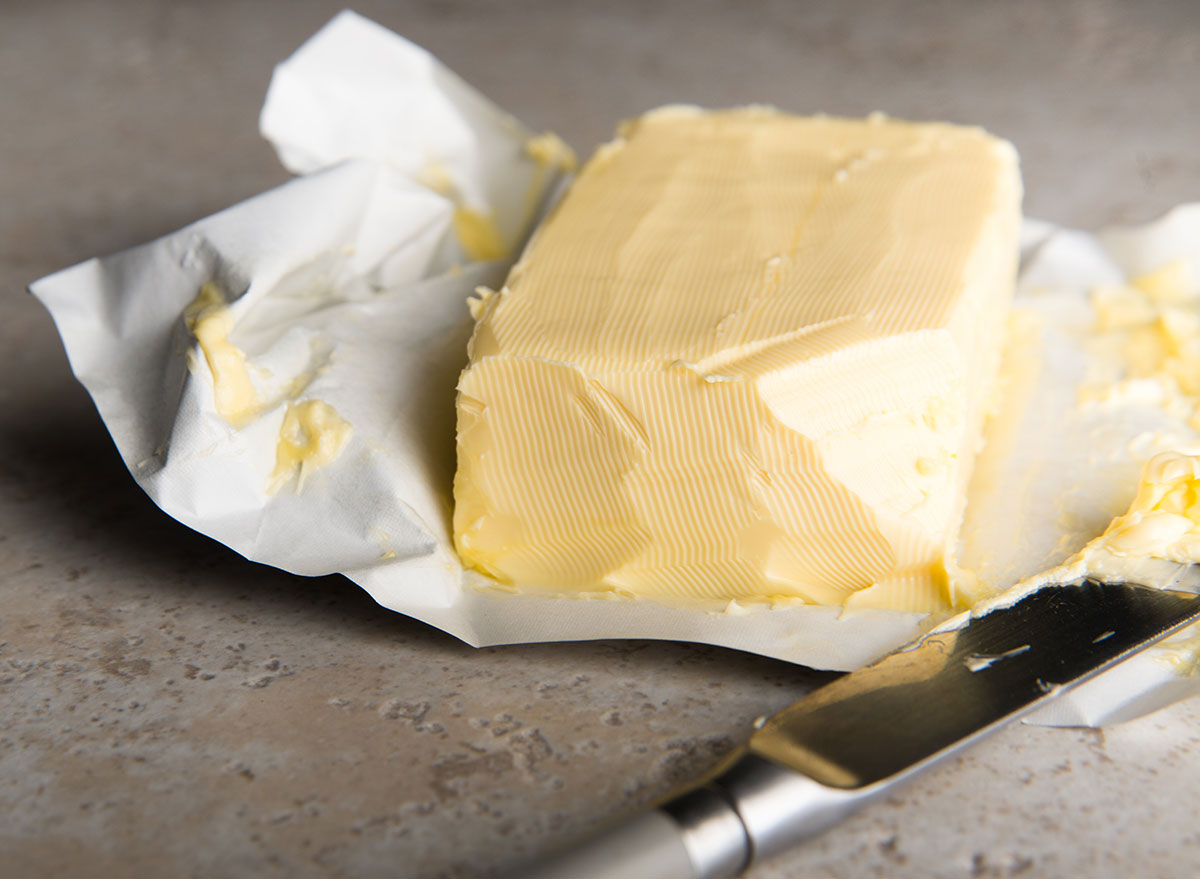
When it comes to cookies, you want to splurge, says Maëla Conan, a graphic designer at French cookie company Michel et Augustin who also happens to be pastry-certified in France. A butter substitute like margarine, which has less fat, will change up the consistency and taste, she says. Cookies made with margarine tend to be less flavorful and tougher.
How to fix it: Simple! Use real butter, says Conan. If you do want to be conscientious, though, go with natural, organic butter, she suggests.
Mistake: Kneading the dough too much.
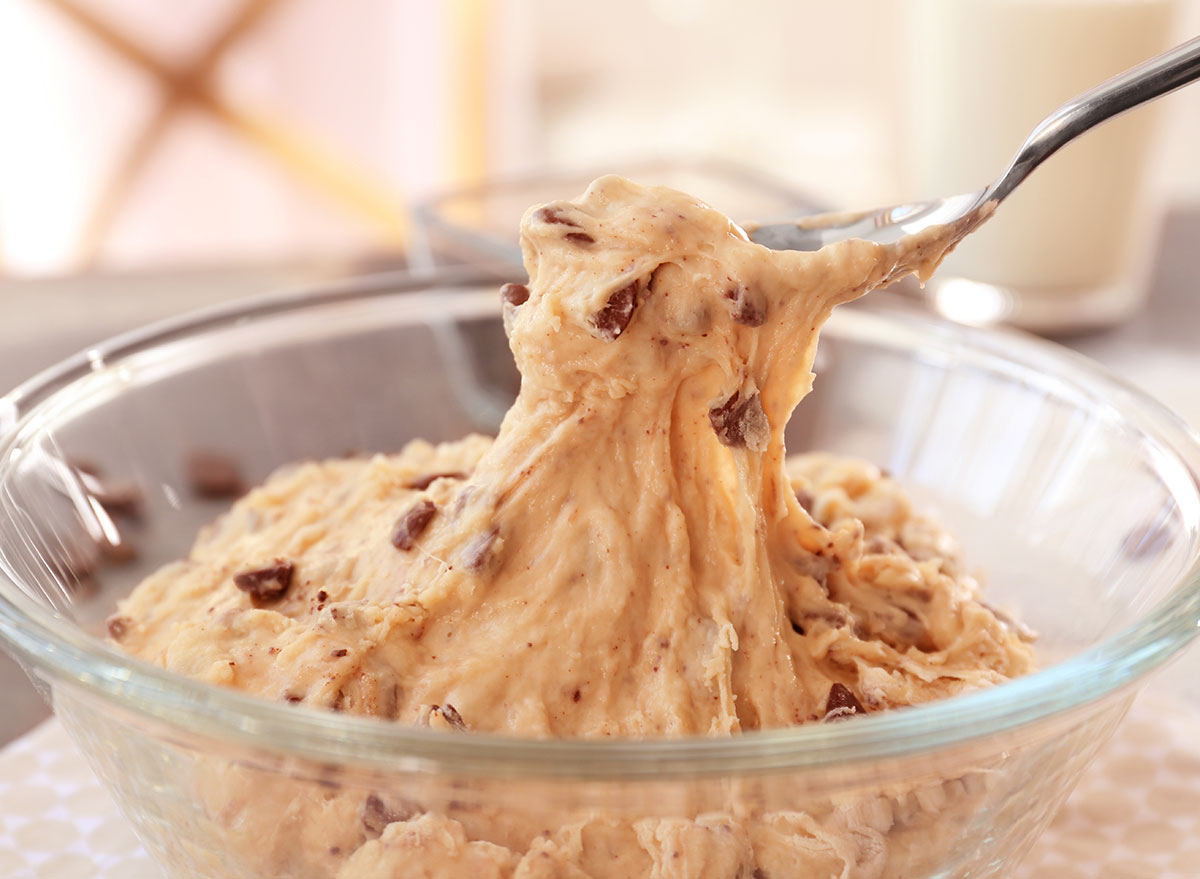
When you’re combining ingredients, don’t knead too much. If you overwork your dough, Conan explains, it will get elastic. That will result in tougher cookies that are difficult to bite.
How to fix it: A light touch when you’re kneading the dough will result in an irresistible light, airy texture, Conan says.
Mistake: Your sugar cookies aren’t keeping their shape.
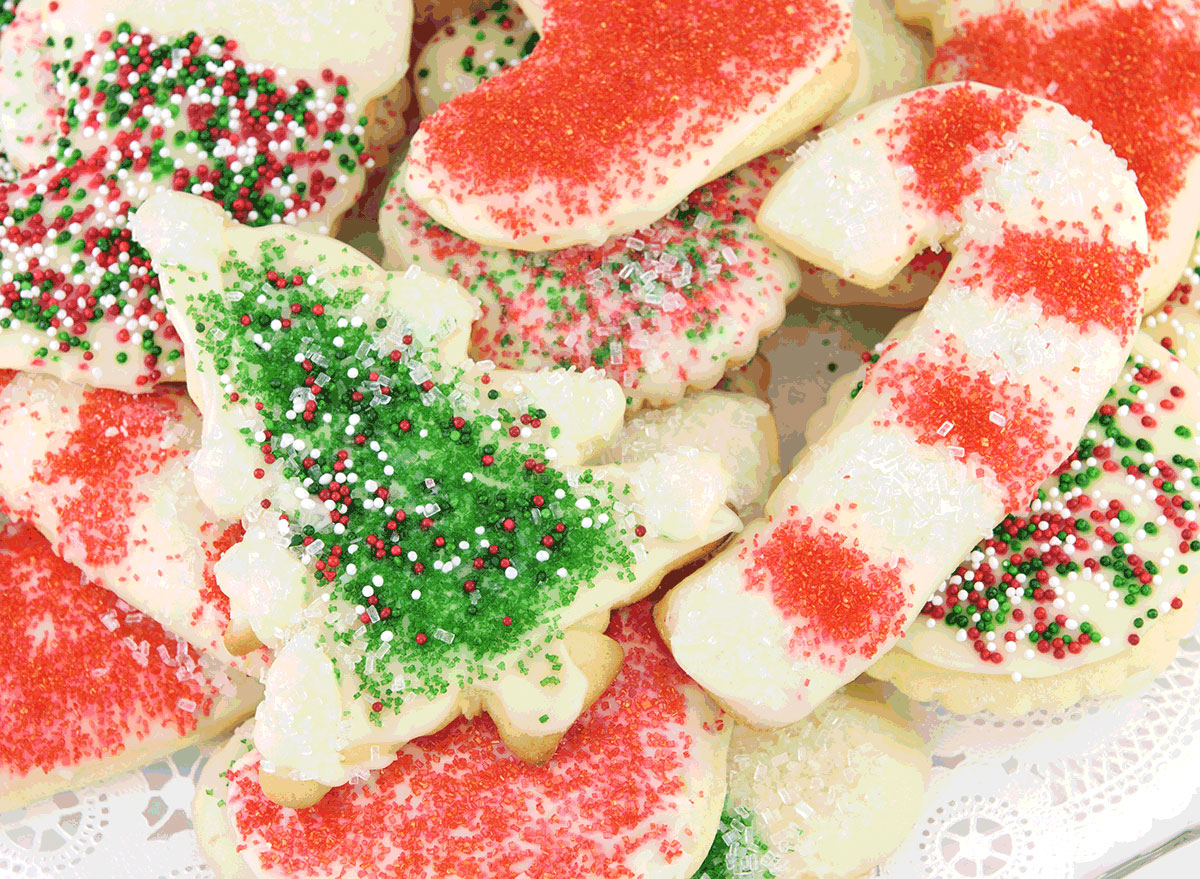
Have you ever tried to make snowmen sugar cookies over the holiday season, but they turn out more like oval blobs? A potential problem is that you’re using too much butter, but you also may not be exercising enough patience, explains Clarice Lam, a pastry chef in NYC and owner of The Baking Bean.
How to fix it: When you roll out your cookie dough, do it between two sheets of parchment paper, she suggests. Then, freeze sheets and let the dough rest. When you are ready to get baking, remove the sheet from the freezer, peel off the parchment paper, and use your cookie cutter, Lam says.
Mistake: Forgetting to adjust for altitude.

If you live in Denver (the Mile High City), mountain towns, or other high-altitude places, baking can be super complicated, because the air pressure is lower. The good news: Cookies aren’t as affected by high altitude as other desserts like cakes, bars, and brownies.
How to fix it: Honestly, baking in high-altitude climates takes a little trial and error. Betty Crocker has a great cheat sheet, with tips that include decreasing butter and sugar slightly and adding in an extra tablespoon or two of flour if you notice your cookies are spreading too much.
Mistake: Letting cookies cool on the baking sheet.
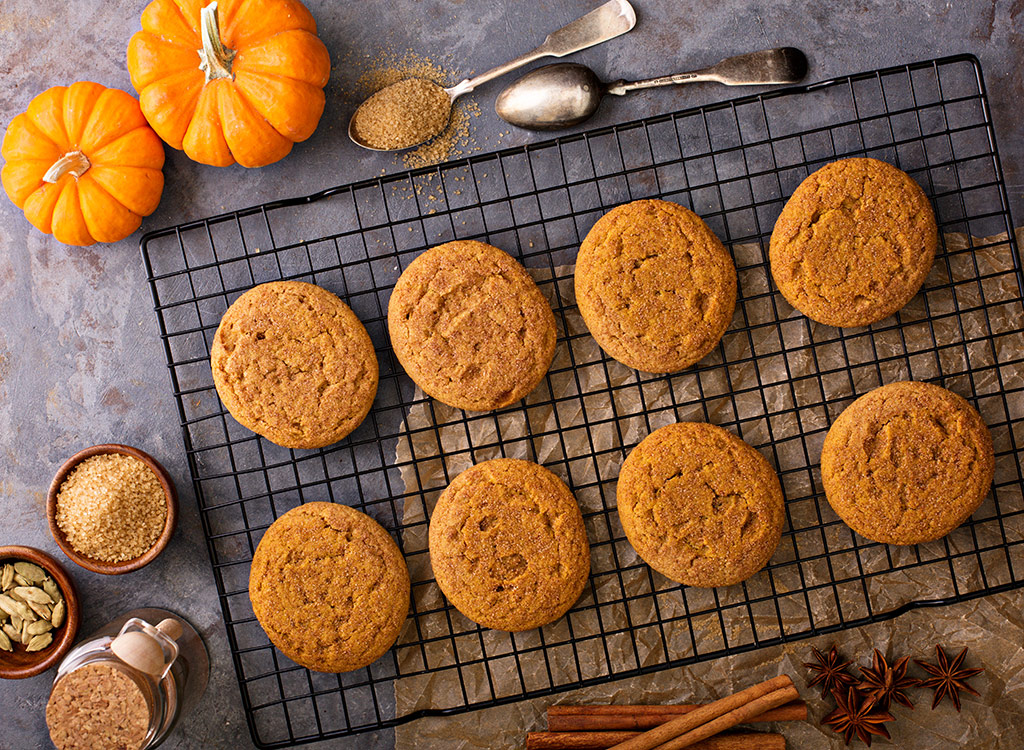
The hot cookie sheet you pulled from the oven will continue to bake your cookies, which could leave you with a burnt batch even if you removed them from the oven in time.
How to fix it: This is one of the most common cookie baking mistakes, but it’s easily avoidable. Invest in a cooling rack, which we think is one of the most versatile cooking tools out there. Transferring the cookies onto the rack a few minutes after they come out of the oven will help them cool properly.
Mistake: Using store-bought chocolate chips.
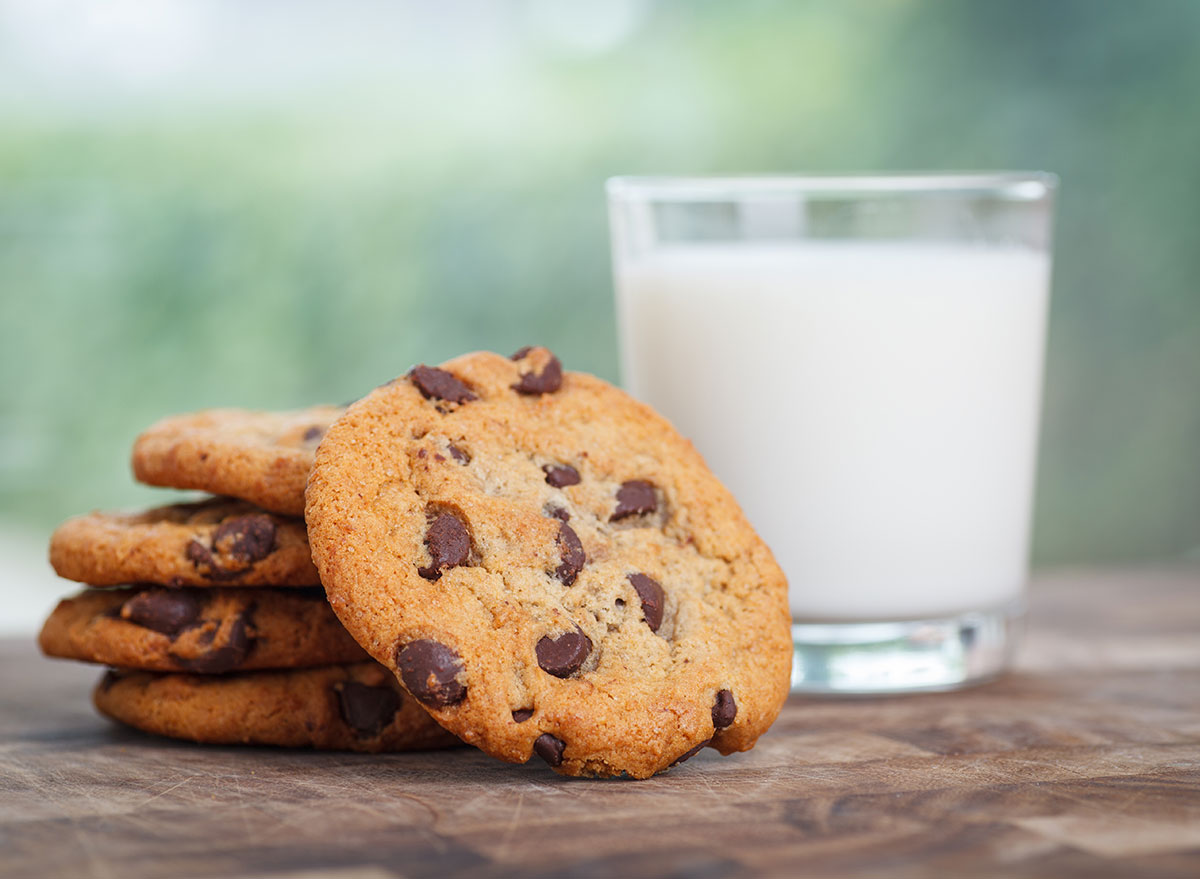
Bags of chocolate chips from the cookie aisle are A-OK, but, if you want to really upgrade your cookies, you should ditch the chocolate chips altogether and break up your own chocolate bar into bite-sized morsels.
How to fix it: Recipe developer and wellness writer Beth Lipton shared with us her go-to combo for amazing chocolate chip cookies: She likes dark chocolate (at least 70% cacao) combined with orange zest.
“I love that chocolate-orange combo, and the really deep, dark chocolate offsets the sweetness in the batter and the zing from the citrus,” she says. Find her chocolate chip cookie recipe here.
Adding nuts to your cookie mix? You can chop those at home, too! Chop them into pieces that are the same size as the other add-ins, such as raisins or chocolate chips, Fiebach suggests. “I like to add chopped pecans to my chocolate chip cookies and chopped walnuts to my oatmeal raisin cookies,” she says.
Mistake: Baking directly on the cookie sheet.
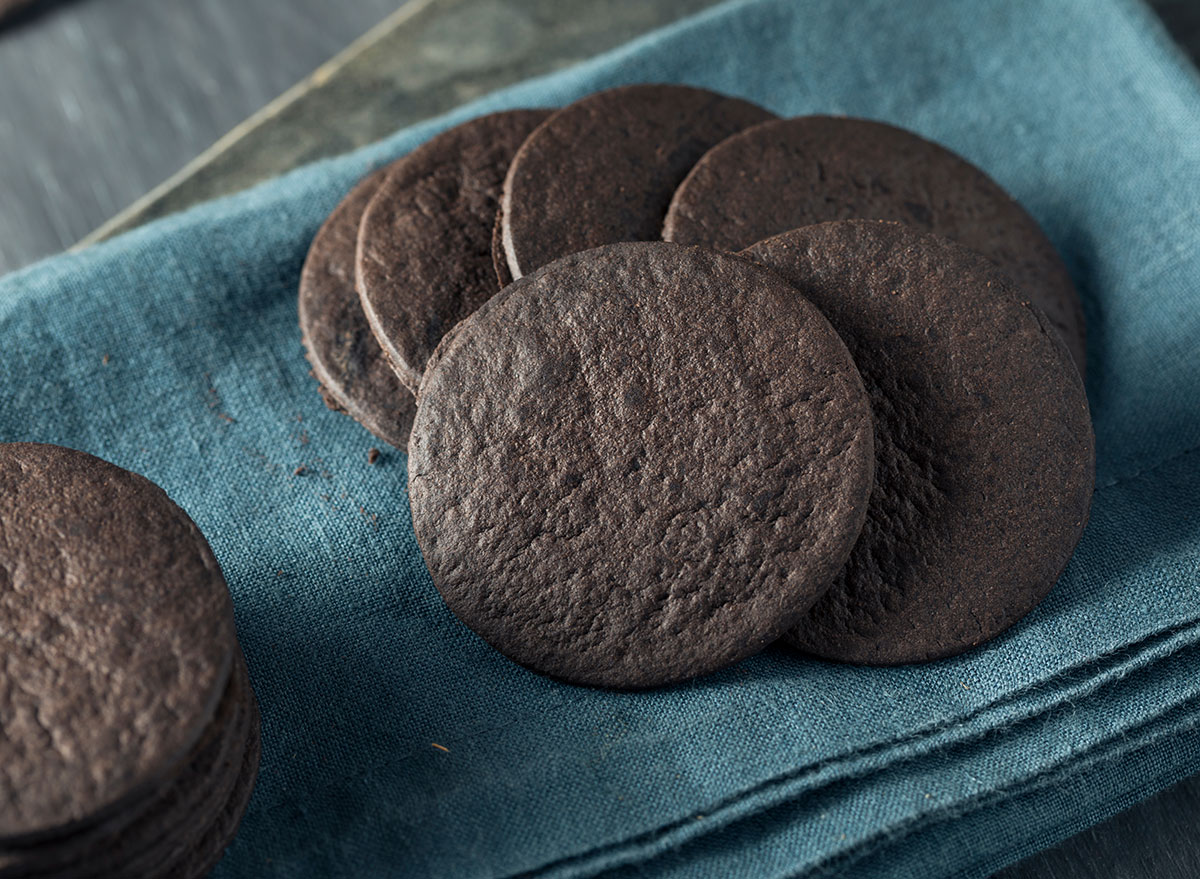
Cookies can stick to the baking sheet, making for a messy cleanup and crumbly cookies, says Fiebach.
How to fix it: Line your cookie sheet with parchment paper, she suggests.
Mistake: Baking on the wrong rack.

Setting the oven rack too close to the top of the oven will burn your cookies, cautions Chef Curl Ardee.
How to fix it: Give your cookies space. To get the evenest baking and best cookies, Ardee recommends using the middle rack. And to prevent some cookies from coming out burnt, and others not baked enough, just use one pan at a time, Fiebach says.
Mistake: Eating the cookie dough.
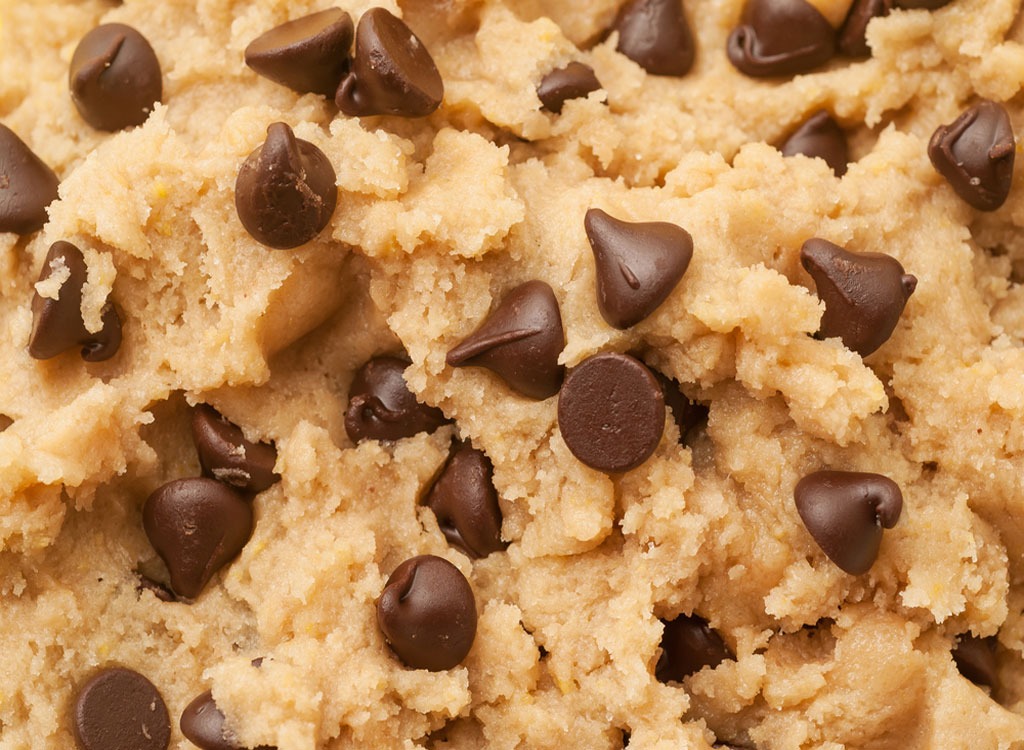
Last but not least, avoid sneaking any of that cookie dough! Sure, you’ll be shorting your batch, but eating a spoonful of the chocolate chip cookie dough can also make you sick.
How to fix it: Resist the temptation! And if you need a little more convincing, remember that raw eggs can carry Salmonella, which can cause foodborne illness and raw flour can contain E. Coli.
After reading these baking tips, are you feeling like one smart cookie? Follow the expert advice, and your cookies won’t just be deserving of a most delicious award, but you’ll also avoid the frustration of inconsistent batches.

